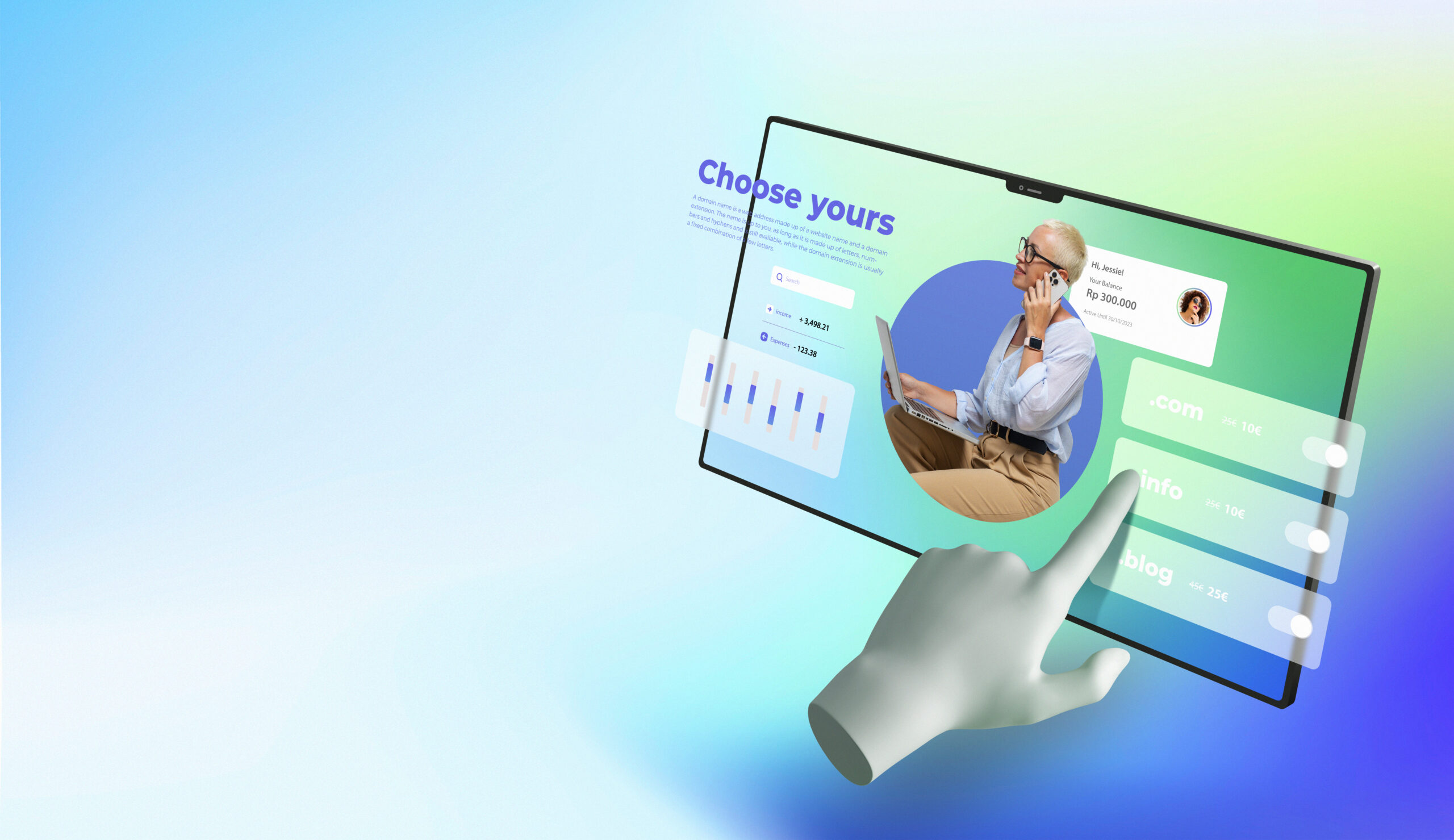As digital technologists, we pride ourselves on our ability to create futuristic experiences. But when designing AI-based experiences, did you know that the success of your product may rely more on understanding human emotions than leveraging the latest technology trends? Recent research has shown that people expect warmth and clarity from modern AI experiences, leading to a need for psychological principles as much as coding skills for successful design. In this article, we’ll explore how web and AI designers can take advantage of emotional knowledge to achieve maximum user engagement.
Envision a better website? Make it a reality with Website Redesign Services from Webtec.
The Concept of Human Emotions in AI Design
In recent years, there has been a growing interest in incorporating emotional intelligence into artificial intelligence (AI) design. The concept of human emotions in AI design goes beyond simple task performance and focuses on creating machines that can understand and interpret the nuances of human behavior.
By considering emotional responses in their algorithmic decision-making, AI can improve its ability to interact with humans in a more natural and empathetic manner. This has significant implications for a range of applications, from chatbots and personal assistants to healthcare and education. Implementing emotional intelligence in AI design is still a relatively new field, but as technology continues to advance, so too will our ability to create smarter, more human-like machines.
Potential Benefits of Incorporating Emotion into AI Design
As technology advances, the integration of AI into our daily lives is becoming more and more prevalent. Emotionally intelligent AI has the potential to revolutionize the way we interact with technology. Incorporating emotion into AI design can help these systems better understand and respond to human behavior. For example, an emotionally intelligent AI could detect when a user is becoming frustrated with a task and adjust accordingly to make the experience more positive.
Additionally, incorporating emotion into AI could lead to a more accurate recognition of human emotions, making these systems better equipped to mimic human responses and provide more personalized experiences. The possibilities for emotionally intelligent AI are endless and exciting, and the potential benefits are vast.
Curious for more? Our latest post is just a click away: How Humans and AI Computers are Sharing the Workload.
The Connection Between AI and User Emotions
Artificial Intelligence (AI) has revolutionized how computers can learn from data and pattern recognition. But did you know that AI is also becoming increasingly skilled in understanding human emotions? With the help of machine learning, AI is now capable of recognizing patterns in data that correlate with different emotions expressed by users.
This breakthrough means that AI can better understand what users are feeling, and as a result, provide more personalized responses to their needs. By analyzing user emotions, AI can tailor its responses in ways that will make users feel understood and connected, which could help improve user engagement and overall satisfaction with AI technology.
How to Identify, Measure, and Monitor User Feelings
When designing AI experiences, it’s important to ensure that the user’s feelings are taken into consideration. Identifying, measuring, and monitoring user emotions can assist in creating a personalized experience for each user. One way to identify emotions is by observing users’ facial expressions, gestures, and tone of voice. Measuring emotions involves using tools like surveys and questionnaires to gather data on the users’ emotional states.
Once emotions are identified and measured, they can be monitored by using real-time analysis techniques to understand how the user is interacting with the AI system. Keeping tabs on the user’s emotions can help create a more engaging and effective AI experience.
Use Data to Inform AI Design Decisions
When designing AI, it’s crucial to have accurate and reliable data to inform your decisions. Data helps us understand patterns and trends, allowing us to create smarter, more effective AI systems. It’s important to collect data from a wide variety of sources to ensure that the AI is well-informed and unbiased.
When data is used correctly, it can help us create AI systems that can solve complex problems and make decisions at lightning speed. As AI continues to advance, leveraging accurate data will become increasingly important.
The Impact of Emotionally Intelligent AI on User Engagement
As technology advances, we’ve started to see emotionally intelligent AI pop up in various fields. But what exactly does that mean? Emotionally intelligent AI refers to technology that can recognize, interpret, and respond to human emotions. The question is: what impact does this have on user engagement and satisfaction?
Early studies show that emotionally intelligent AI can lead to increased user engagement, satisfaction, and loyalty. This is because the technology can adjust its response to a user based on their emotional state, making for a more personalized and satisfying experience. However, there are still concerns about privacy and the ethics of emotionally intelligent AI, and more research needs to be done to fully understand its impact.
Conclusion
As we finish looking at how human feelings play a part in AI design, it’s obvious there’s a lot for creators to think about. They need to design AI for tomorrow, not just today. How we see and use this tech can change everything. Developers pay attention to people’s emotions with AI. This way, they can make experiences that are truly new and exciting. What a chance we have here!
Now’s the time to make our tech world more human. It’s hard to say where our feelings will lead us or what we’ll find once we start exploring. AI design is unpredictable, but it’s also thrilling!


